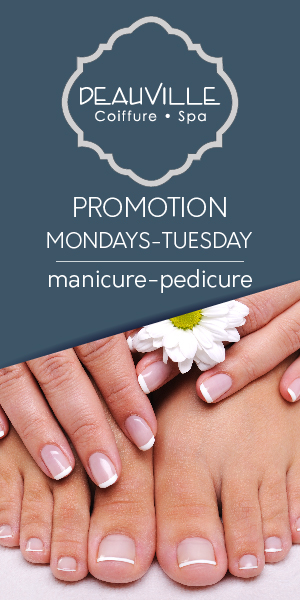Keratin hair treatments are a popular beauty service used to straighten and smoothen hair, yet some studies have linked their use with health concerns. Formaldehyde exposure could pose some risk.
Some keratin treatments contain formaldehyde, an irritating substance which may lead to nosebleeds and eye irritation. However, newer keratin treatments do not contain formaldehyde and are safer for your health.
Itching
Keratin treatment side effects often include itching. This itching may be due to chemicals used during the procedure or due to hair fall; hair fall is more likely if treatments are repeated regularly as their chemicals weaken hair follicles and cause them to detach more readily.
Keratin treatments use excessive heat, which can dry out and brittleen your hair and cause itching and dandruff to appear on your scalp. In addition, some people may develop allergic reactions from exposure to chemicals used during keratin treatments.
Formaldehyde released during a keratin treatment can irritate eyes and skin. At high concentrations, inhaling too much formaldehyde can also irritate throat and lung tissue. While most modern keratin treatments no longer contain formaldehyde in large concentrations, some still may contain small traces of it – it is important to select a reputable salon and read ingredients of products used before going in for a keratin treatment.
Scalp irritation
Keratin treatments can add shine and softness to your locks, but they can also irritate your scalp due to chemicals used during treatment and high heat levels applied to your hair during the process. This may result in itching or even an itchy rash forming on the head and body.
Many keratin treatments contain formaldehyde, which has been linked to skin reactions and eye irritation as well as cancer risk. Before getting one done, always speak with your stylist regarding which ingredients they will be using and whether or not they are safe.
Your risk of keratin treatments can be reduced by washing your hair with lukewarm water and applying leave-in conditioner regularly, following all aftercare instructions such as using sulfate-free shampoo, heat styling and using sulfate-free moisturizer regularly to avoid dryness and only getting one or two treatments every year.
Hair damage
Keratin treatments can help give your hair an instantaneous transformation, but it’s important to know their risks. Common side effects and risks for keratin hair treatments include itching and scalp irritation. Furthermore, formaldehyde used in these treatments could potentially pose health concerns.
Formaldehyde is a harmful gas that can lead to respiratory ailments and eye irritation, damaging hair follicles and ultimately leading to hair loss. Individuals who receive salon keratin treatments run an increased risk of exposure as stylists use higher temperatures when conducting the process.
Keratin treatments contain high temperatures that can dry out your strands and increase their fragility, leading to breakage and split ends. If you’re considering getting one of these treatments, speak to your stylist about 100% formaldehyde-free options as well as following their aftercare instructions carefully to keep your locks healthy. It is also best to refrain from engaging in heat intensive techniques like blowouts or flat ironing immediately following one.
Hair loss
Hair fall can be an unintended side effect of Keratin treatment. The chemicals used can enter your scalp and prevent natural moisturizers from reaching each strand of your tresses resulting in dry, crispy and brittle locks which in turn leads to the development of dandruff. Therefore, it’s crucial that you follow all instructions from your stylist after receiving this type of therapy and remain calm post treatment.
Keratin treatments often contain formaldehyde–a colorless and pungent gas used as an antimicrobial, fungicide and disinfectant–that may pose harmful health effects if it comes in contact with skin or eyes, with long-term exposure being linked with certain forms of cancer, including leukemia.
Formaldehyde can also wreak havoc with your respiratory system. When inhaled directly, it can lead to fluid accumulation in the lungs and bronchial irritation; high concentrations may even induce coughing and wheezing symptoms requiring medical assistance immediately. If this is your experience, seek medical advice immediately!



